Coffee is among Mexico’s important crops, with the country producing around 240,000 metric tons a year of the beans, of which it exports about three quarters and consumes the rest. Along with its wide variety of coffees, Mexico offers an ample choice of places to drink them in.
A bygone era of old-world coffee shops
In years past, the coffee shop/restaurants run by Chinese immigrants —of which there were several in and around the Chinese quarter of downtown Mexico City and more beyond that— were nearly always full.
The “café chino,” as these were only ever referred to, was typically a long thin hall moving back from the street front. Half of the façade would be taken up by a glass window filled with different kinds of sweet bread to eat in or take away (and the odd bluebottle).
Down one side of the entrance would be the coffee bar and the cash register, and the other side would be taken up by a row of tables or booths. The specialty of the house would be café con leche: a small amount of concentrate would be poured from a metal coffee pot into the bottom of a glass mug, and hot milk from another poured on top, with the server lifting the spout farther and farther from the mug as it filled, creating, if done precisely, a frothy top.
Black coffee —café americano— was steam-pressed from the machine behind the bar, and each cup was charged at the same rate. Hygiene was hardly of first importance to the café chino, and patrons did well not to be over-zealous inspecting the specks on the table or trying to steal a glance at the kitchen.
Perhaps the king of coffee shops was Café La Habana, on the corner of Bucareli and Morelos, a stone’s throw from the historical Chinese clock. La Habana brewed the strongest coffee, served in thick white cups that were slightly wider at the base than at the brim (awkward for stirring). It was popular among intellectuals and, being about a block from such erstwhile giants of the Mexican press as Excelsior and El Universal, a frequent meeting place for journalists of the old school: threadbare suits, beaten-up leather briefcases stuffed full with dog-eared press releases, political “tips” several times removed from reality.
The emergence of contemporary coffee houses
Against this, the chain restaurant/coffee shops such as VIPS, TOKS, and Sanborns provided free refills on drip-brewed coffee, competing in quality with “Golden Cup” plaques awarded by the Mexican Coffee Council, and in convenience with quick-service bars where the temporarily idle could while away several hours loading up on caffeine without having to keep paying. This is still true today, although people are generally much more rushed.
In addition to these places, with the advent of the mall culture there sprung up a number of smart coffee shops —Coffee House, Coffee Station, and so on— which added snacks, coffee paraphernalia, and an assortment of home-grown and imported coffees, ground or whole, to the standard offerings while also increasing the number of derivative beverages to their range of refreshments on offer.
And then Starbucks came. Agreeable to the modern business class, the tourist looking for something familiar, and the lover of things American, this comfortable hybrid of convenience and recreation proliferated and also became a favorite daytime hangout of the country’s middle-class youth.
Straddling this period from local shop to chain to franchise is Bisquets Obregon, which developed from La Perla de Oriente on Alvaro Obregón Avenue in the historical Colonia Roma. Like the café chino, Los Bisquets is also a place to get café con leche, and the house specialty, scones. Brighter and cleaner, with its characteristic green and yellow décor, the restaurant also sports a selection of freshly-baked sweet bread at the front counter.
Small independent coffee shops continue to thrive
Perhaps the most famous of the traditional Mexican cafés is El Jorocho, that serves quality coffee principally sourced from Veracruz; customers can also buy the beans and ground coffee in bags for home brew. This family-run shop was set up in Mexico City during the early 1950s in the heart of the bohemian district of Coyoacán—a neighborhood that remains one of the capital’s most popular quarters for friends and families to meet and spend an afternoon or evening out together.
In towns and cities across Mexico, small independently-run coffee shops continue to trade, and thrive. Like the local neighborhood tienditas, they have prevailed even in the presence and growth of franchise coffee shops.
The owners of these independent establishments often create comfortable nooks where patrons can meet, socialize, and take light refreshment amidst informal and often homely surroundings that are usually more intimate and feel less rushed than the cookie-cutter franchises.
Serendipitous discovery of independent coffee houses can happen by taking an exploratory walk down side streets of any towns you visit or asking locally. Digital generations are likely to consult their map-app, or search on Instagram.
Mexico in your inbox
Our free newsletter about Mexico brings you a monthly round-up of recently published stories and opportunities, as well as gems from our archives.

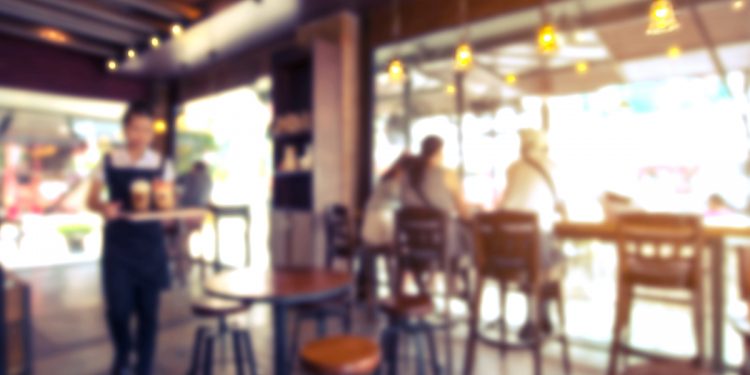
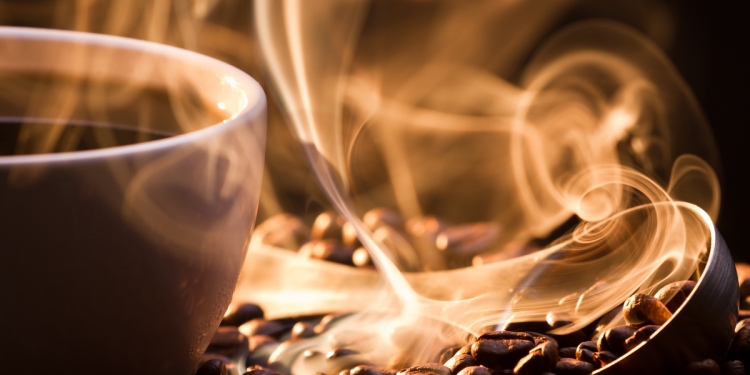
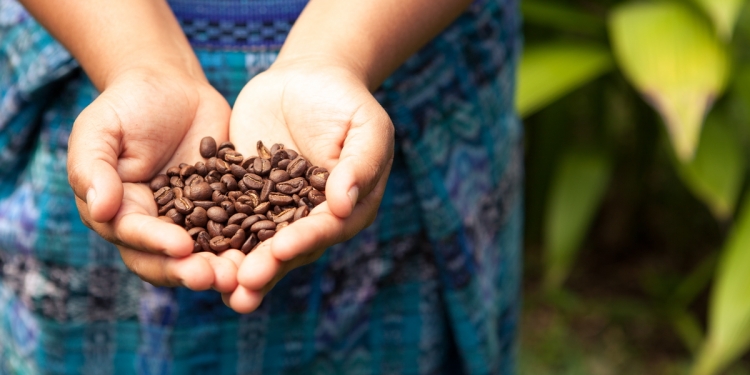
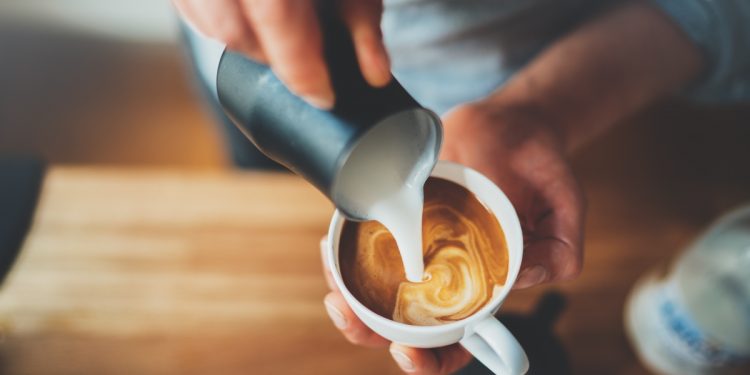
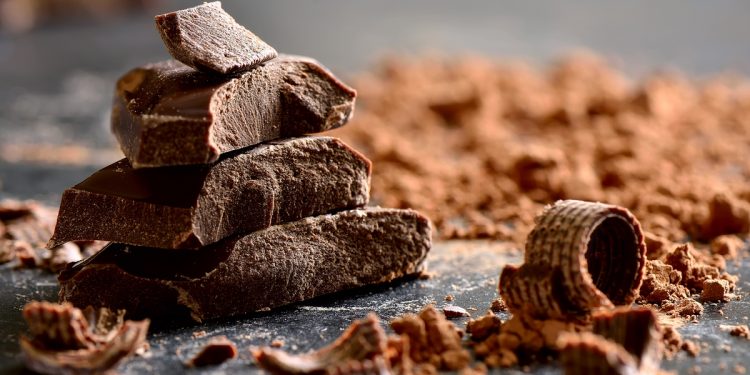
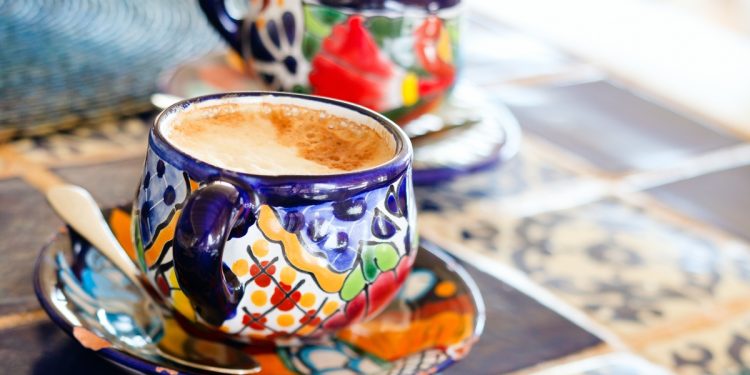
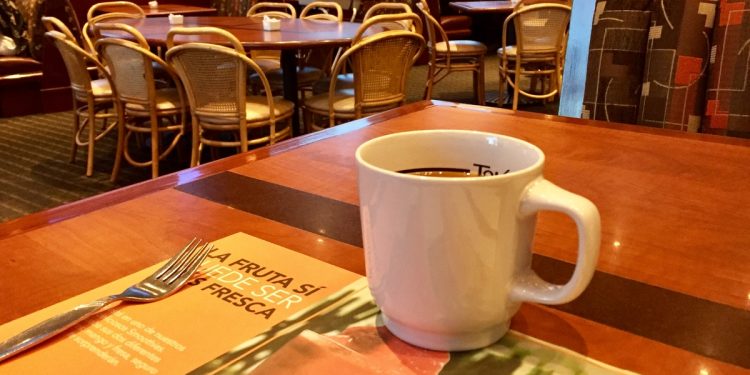
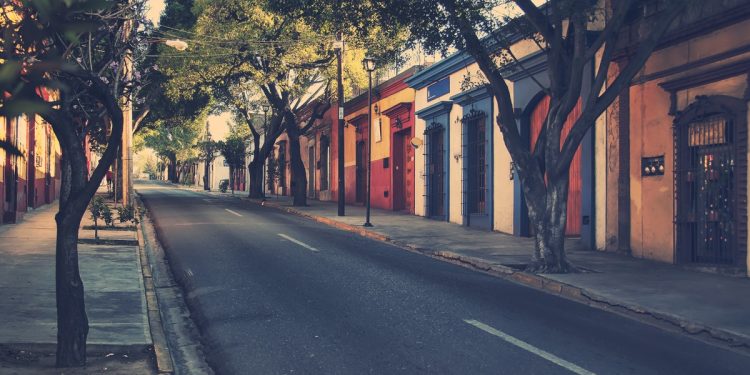
Thanks for this nice article. Although Starbucks seems to be everwhere and definitely has had its impact on the small corner coffee shops, there’s still plenty of places to get a good Mexican Cafe con Leche. My personal favorite is Los Milagros en Coyoacan, but there’s a couple of other really good ones in La Condesa, Narvarte and Colonia Roma that I try to go to when I’m there. Back in the US I get my Mexican coffee supply from La Floresta Cafe.
I think it’s fascinating the history of the Chinese culture in Mexico. I didn’t realize where the biscuits and café chino concept came from until now. We have a few restaurants here that do the same but I always found it strange that serve café chino and then chilaquiles on the same menu, so I couldn’t figure out the Chinese connection. Thanks for the article!
Could someone explain what is a “bluebottle” mentioned in this article? Here in Australia it’s a nasty stinging jellyfish, not something I’d expect to find in a coffee shop!
A bluebottle is a fly